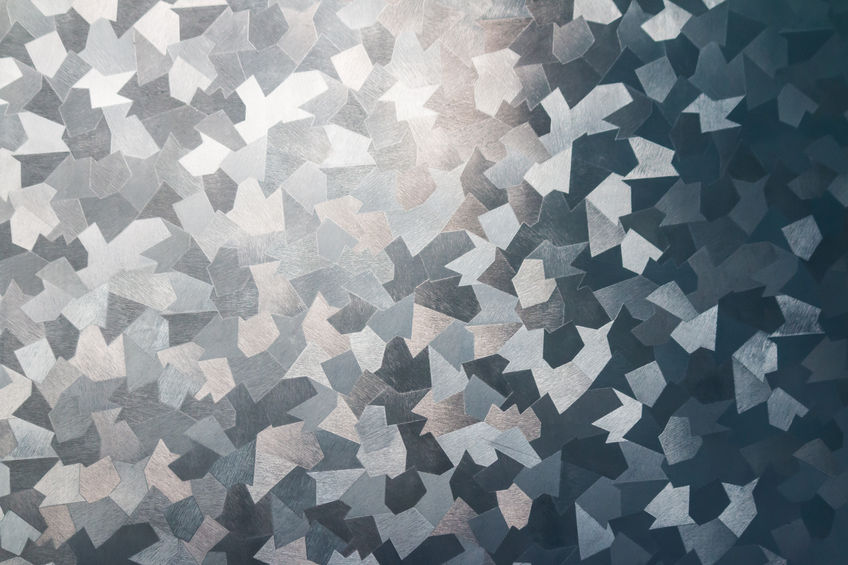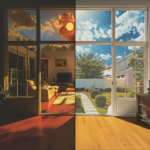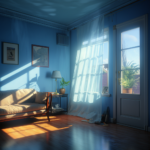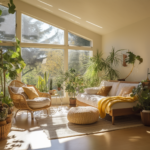
Etched glass and decorative tint are both ways to make your windows into pieces of art. Although they are very different in numerous ways, they share some core similarities. These include:
- Both come in a variety of different patterns, shapes, and colors. Traditional colors tend towards grays, blues, blacks, whites, etc, but non-traditional colors may also be seen.
- Both filter the light coming through your windows, while allowing some natural lighting to come through.
- Both add a little extra privacy to your home, by making it more difficult for people outside to see inside your home.
- Both can potentially decrease the amount of heat coming into your home through your windows or glass doors.
What Is Etched Glass?
Etched glass is created by applying acidic, caustic, or abrasive substances to the glass to create varying images or patterns. The most common abrasive substance used is sandblasting. Traditionally this process is completed after the glass has already been cast or blown, but mold-etching is sometimes used. Mold-etching means that the etching is done in a mold cast, and is a part of the glass, rather than an alteration.
The removal of miniscule amounts of glass gives the surface the rough, translucent quality of frosted glass. In addition to windows and doors, glass etching can also be found in products like wine bottles, serving dishes, and furniture.
What Is Decorative Tint?
Decorative tinting is a film placed over the window to create images or patterns. These films can be added after the windows or glass doors are already installed in your home. They do not require any special process for the glass itself. Decorative tint is entirely removable, which means that individuals who rent their homes versus owning can still be allowed to make use of them to temporarily customize their living spaces.
Varying sizes of film means that decorative tinting can be added to glass of all shapes and sizes. These films can even be cut post-manufacturing to fit the space you need them to.
The Big Differences
Although there are not a lot of things which separate etched glass and decorative tinting, the differences are big ones. These include:
- Etched glass is permanent, with the images or patterns incorporated into the glass itself. Decorative tint is temporary, and can be added or removed as you wish.
- Etched glass tends to be much more costly than decorative tint.
- Decorative tint is typically allowed by landlords for renters, while etched glass tends to not be.
- Etched glass comes in pre-specified shapes and sizes, while decorative tint can be cut or shaped easily to fit any number of spaces.
Etched glass and decorative tint both have the potential to add beauty, or a bit of your own personality to your home. After discussing the similarities and differences of each, however, you can see that one or the other is better depending upon your personal circumstances.






Comments are closed.